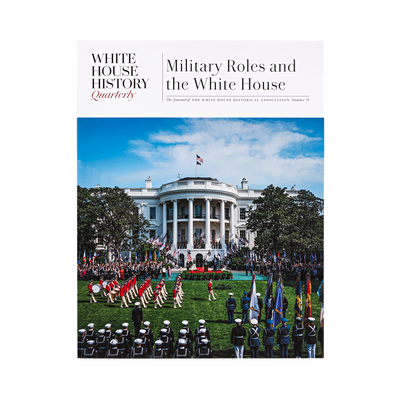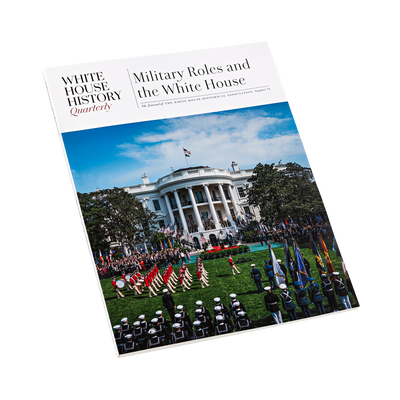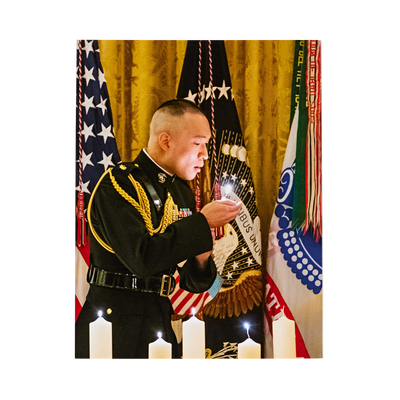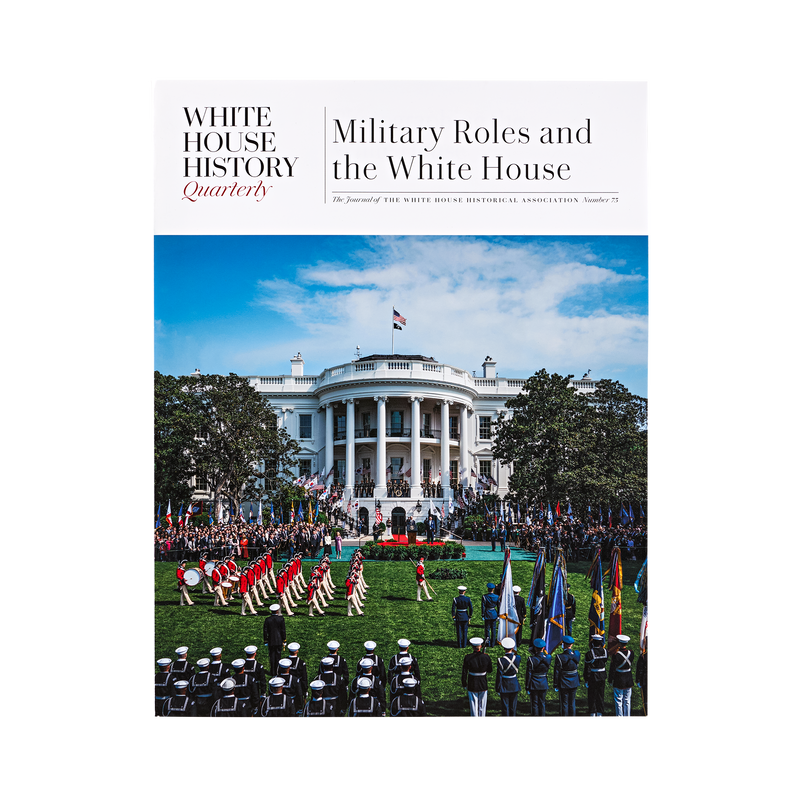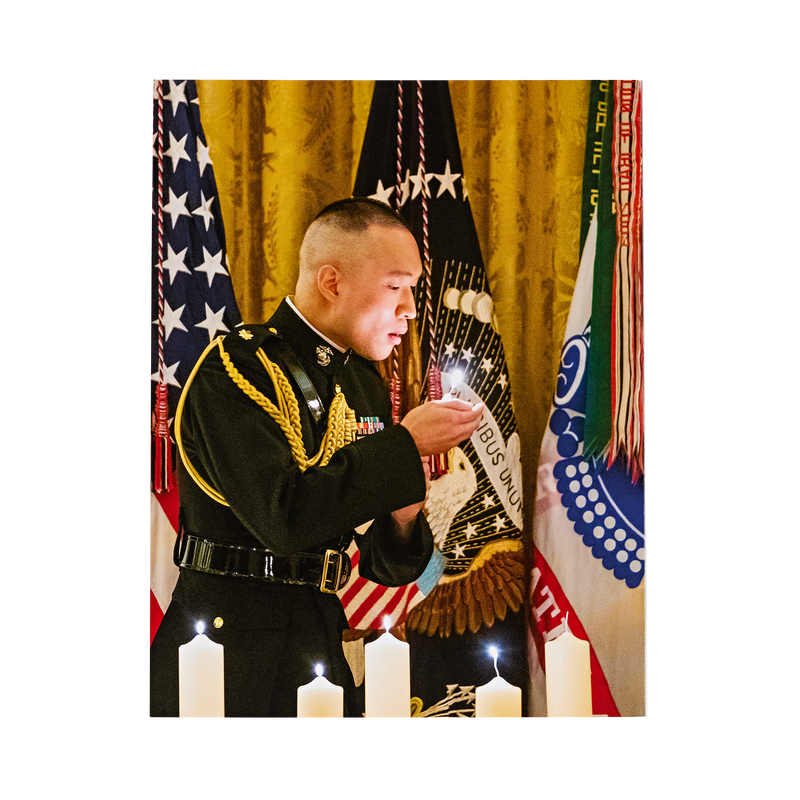Extra 20% off Sale Collection




Additional Information
“WELCOME TO THE WHITE HOUSE,” the warm greeting delivered by military social aides to the president’s invited guests upon their arrival at the East Wing doors, represents just one of many time-honored traditions that make a White House visit an extraordinary experience. From performing traditional American music to welcoming a visiting head of state, to showing guests their seats in the East Room on a special occasion, to managing a State Dinner receiving line, to serving lunch to the president in the Oval Office Dining Room, every branch of the military plays a role in facilitating ceremonial and everyday White House routines. With this issue of White House History Quarterly, released on Memorial Day 2024, we look at some of those military roles, long steeped in tradition. We also consider the influence of military life on the work of three first ladies, a president’s relationship with his generals as a war unfolds, and Civil War–era letters that reveal one soldier’s own experience in the President’s Neighborhood.
For our Presidential Sites Quarterly Feature, we visit a turning point in the history of Lafayette Square, the historic neighborhood a few steps from the president’s front door, named for a hero of the Revolutionary War. Slated for demolition to make way for monumental government office buildings in the early 1960s, the historic residential structures were spared when President and Mrs. Kennedy chose to pursue a creative solution first illustrated by architect Grosvenor Chapman. We are pleased to publish his original sketch here along with the story of how it came to President Kennedy’ s attention.
